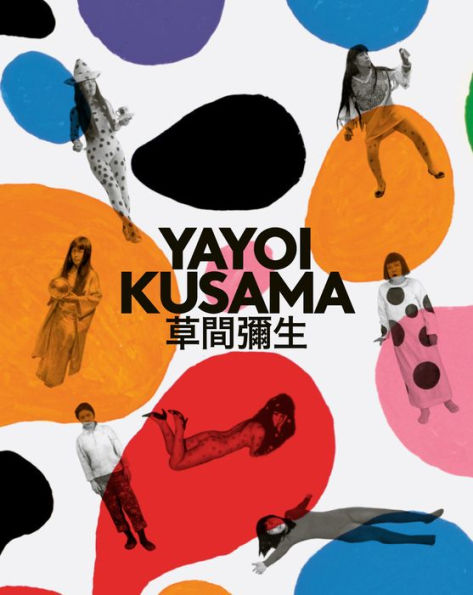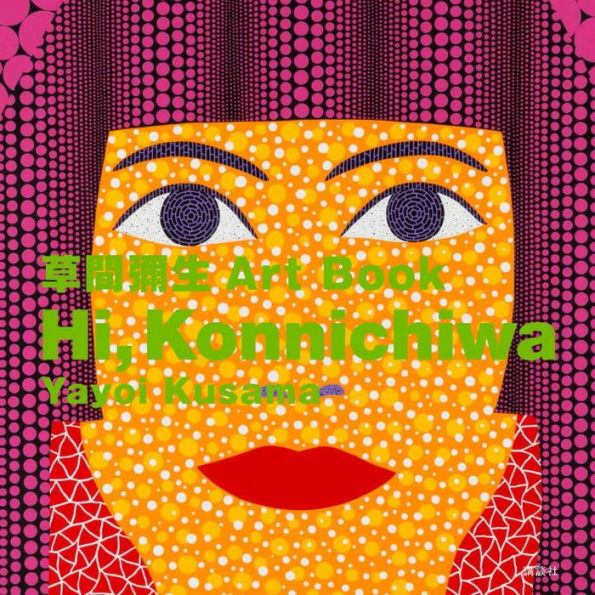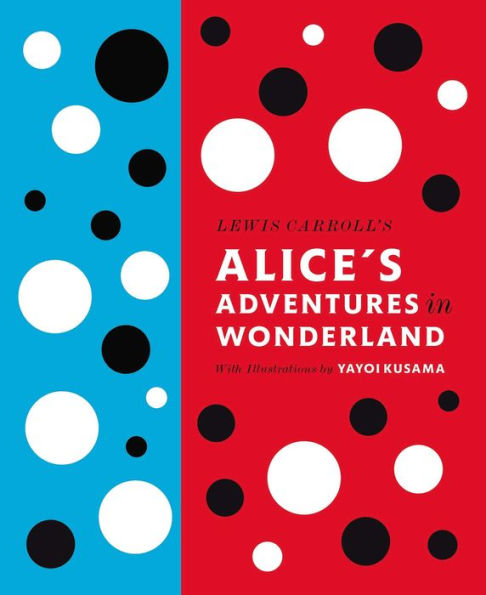Home
Yayoi Kusama: Present Infinite
Barnes and Noble
Loading Inventory...
Yayoi Kusama: Present Infinite in Franklin, TN
Current price: $45.00

Barnes and Noble
Yayoi Kusama: Present Infinite in Franklin, TN
Current price: $45.00
Loading Inventory...
Size: OS
In celebration of one of Kusama's most iconic infinity rooms
Japanese artist Yayoi Kusama is known worldwide for her polka dots and colorful, immersive light installations featuring unusual and organic forms, such as pumpkins.
Present Infinite
is a tribute to her beloved and singular practice, with a particular focus on
Fireflies on the Water
(2002), one of her most famous
Infinity Mirror Rooms
from the collection of the Whitney Museum of American Art in New York.
is a room-sized installation where, as the title suggests, the lights seem almost natural, like fireflies on a quiet summer's night. The pool of water creates an incredible sense of stillness and the mirrors reflect never-ending images of themselves, creating a sidereal ambience. Space appears infinite, without top or bottom, beginning or end. As in Yayoi Kusama's early installations, including her
Infinity Mirror Room
(1965),
embodies an almost hallucinatory approach to reality.
Yayoi Kusama
(born 1929) has worked not only in sculpture and installation but also painting, performance, video art, fashion, poetry, fiction and other arts. In her early career in Japan, she produced mostly works on paper. With her late-1950s move to New York City, she joined the ranks of the avant-garde, working in soft sculpture and influencing the likes of Warhol and Oldenburg. At this time, she was also involved with happenings and other performance-oriented works and began to deploy her signature dots. Her work fell into relative obscurity after her return to Japan in 1973, but a subsequent revival of interest in the 1980s elevated her work to the canonical status that it still enjoys today.
Japanese artist Yayoi Kusama is known worldwide for her polka dots and colorful, immersive light installations featuring unusual and organic forms, such as pumpkins.
Present Infinite
is a tribute to her beloved and singular practice, with a particular focus on
Fireflies on the Water
(2002), one of her most famous
Infinity Mirror Rooms
from the collection of the Whitney Museum of American Art in New York.
is a room-sized installation where, as the title suggests, the lights seem almost natural, like fireflies on a quiet summer's night. The pool of water creates an incredible sense of stillness and the mirrors reflect never-ending images of themselves, creating a sidereal ambience. Space appears infinite, without top or bottom, beginning or end. As in Yayoi Kusama's early installations, including her
Infinity Mirror Room
(1965),
embodies an almost hallucinatory approach to reality.
Yayoi Kusama
(born 1929) has worked not only in sculpture and installation but also painting, performance, video art, fashion, poetry, fiction and other arts. In her early career in Japan, she produced mostly works on paper. With her late-1950s move to New York City, she joined the ranks of the avant-garde, working in soft sculpture and influencing the likes of Warhol and Oldenburg. At this time, she was also involved with happenings and other performance-oriented works and began to deploy her signature dots. Her work fell into relative obscurity after her return to Japan in 1973, but a subsequent revival of interest in the 1980s elevated her work to the canonical status that it still enjoys today.
In celebration of one of Kusama's most iconic infinity rooms
Japanese artist Yayoi Kusama is known worldwide for her polka dots and colorful, immersive light installations featuring unusual and organic forms, such as pumpkins.
Present Infinite
is a tribute to her beloved and singular practice, with a particular focus on
Fireflies on the Water
(2002), one of her most famous
Infinity Mirror Rooms
from the collection of the Whitney Museum of American Art in New York.
is a room-sized installation where, as the title suggests, the lights seem almost natural, like fireflies on a quiet summer's night. The pool of water creates an incredible sense of stillness and the mirrors reflect never-ending images of themselves, creating a sidereal ambience. Space appears infinite, without top or bottom, beginning or end. As in Yayoi Kusama's early installations, including her
Infinity Mirror Room
(1965),
embodies an almost hallucinatory approach to reality.
Yayoi Kusama
(born 1929) has worked not only in sculpture and installation but also painting, performance, video art, fashion, poetry, fiction and other arts. In her early career in Japan, she produced mostly works on paper. With her late-1950s move to New York City, she joined the ranks of the avant-garde, working in soft sculpture and influencing the likes of Warhol and Oldenburg. At this time, she was also involved with happenings and other performance-oriented works and began to deploy her signature dots. Her work fell into relative obscurity after her return to Japan in 1973, but a subsequent revival of interest in the 1980s elevated her work to the canonical status that it still enjoys today.
Japanese artist Yayoi Kusama is known worldwide for her polka dots and colorful, immersive light installations featuring unusual and organic forms, such as pumpkins.
Present Infinite
is a tribute to her beloved and singular practice, with a particular focus on
Fireflies on the Water
(2002), one of her most famous
Infinity Mirror Rooms
from the collection of the Whitney Museum of American Art in New York.
is a room-sized installation where, as the title suggests, the lights seem almost natural, like fireflies on a quiet summer's night. The pool of water creates an incredible sense of stillness and the mirrors reflect never-ending images of themselves, creating a sidereal ambience. Space appears infinite, without top or bottom, beginning or end. As in Yayoi Kusama's early installations, including her
Infinity Mirror Room
(1965),
embodies an almost hallucinatory approach to reality.
Yayoi Kusama
(born 1929) has worked not only in sculpture and installation but also painting, performance, video art, fashion, poetry, fiction and other arts. In her early career in Japan, she produced mostly works on paper. With her late-1950s move to New York City, she joined the ranks of the avant-garde, working in soft sculpture and influencing the likes of Warhol and Oldenburg. At this time, she was also involved with happenings and other performance-oriented works and began to deploy her signature dots. Her work fell into relative obscurity after her return to Japan in 1973, but a subsequent revival of interest in the 1980s elevated her work to the canonical status that it still enjoys today.

























